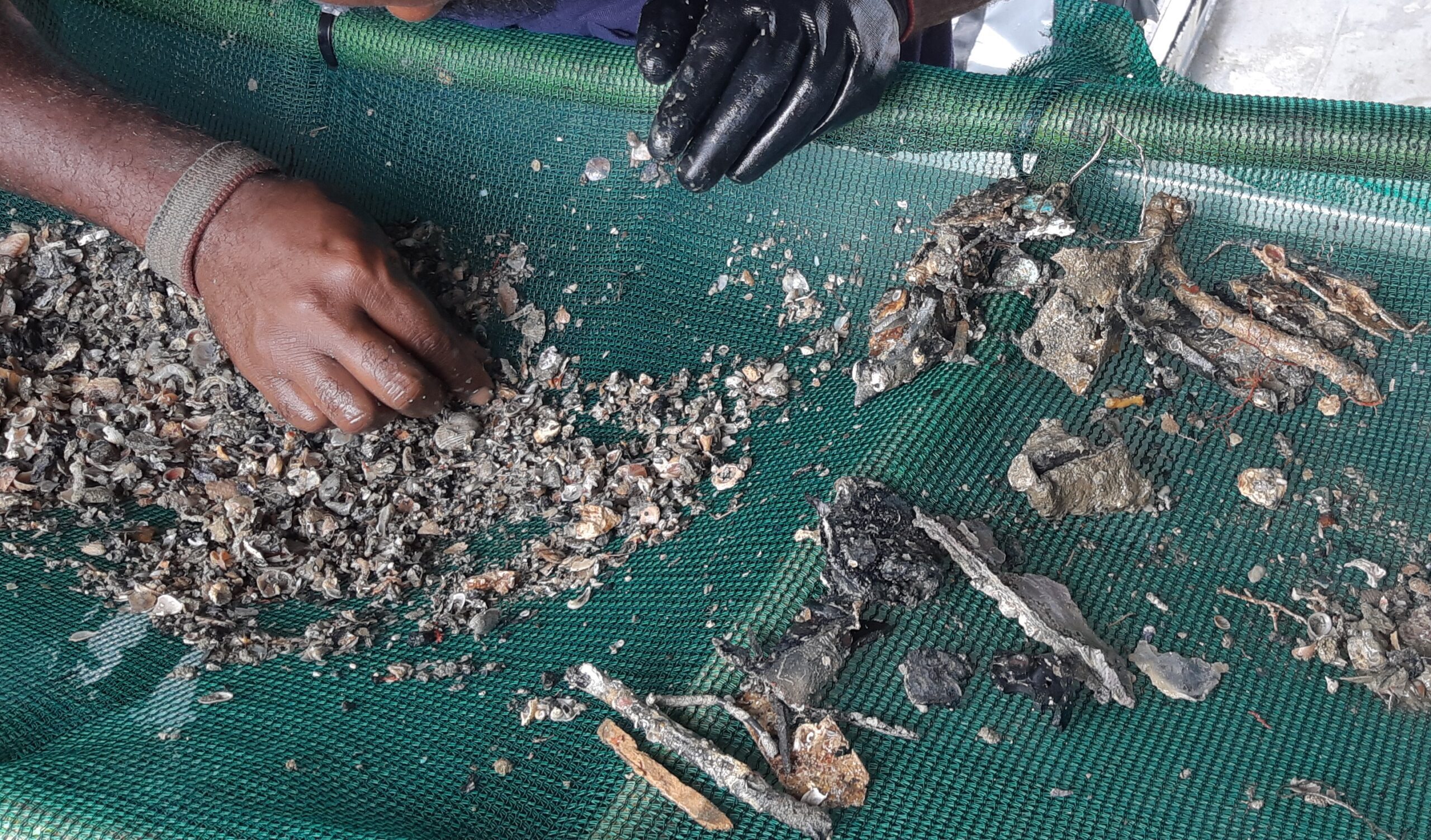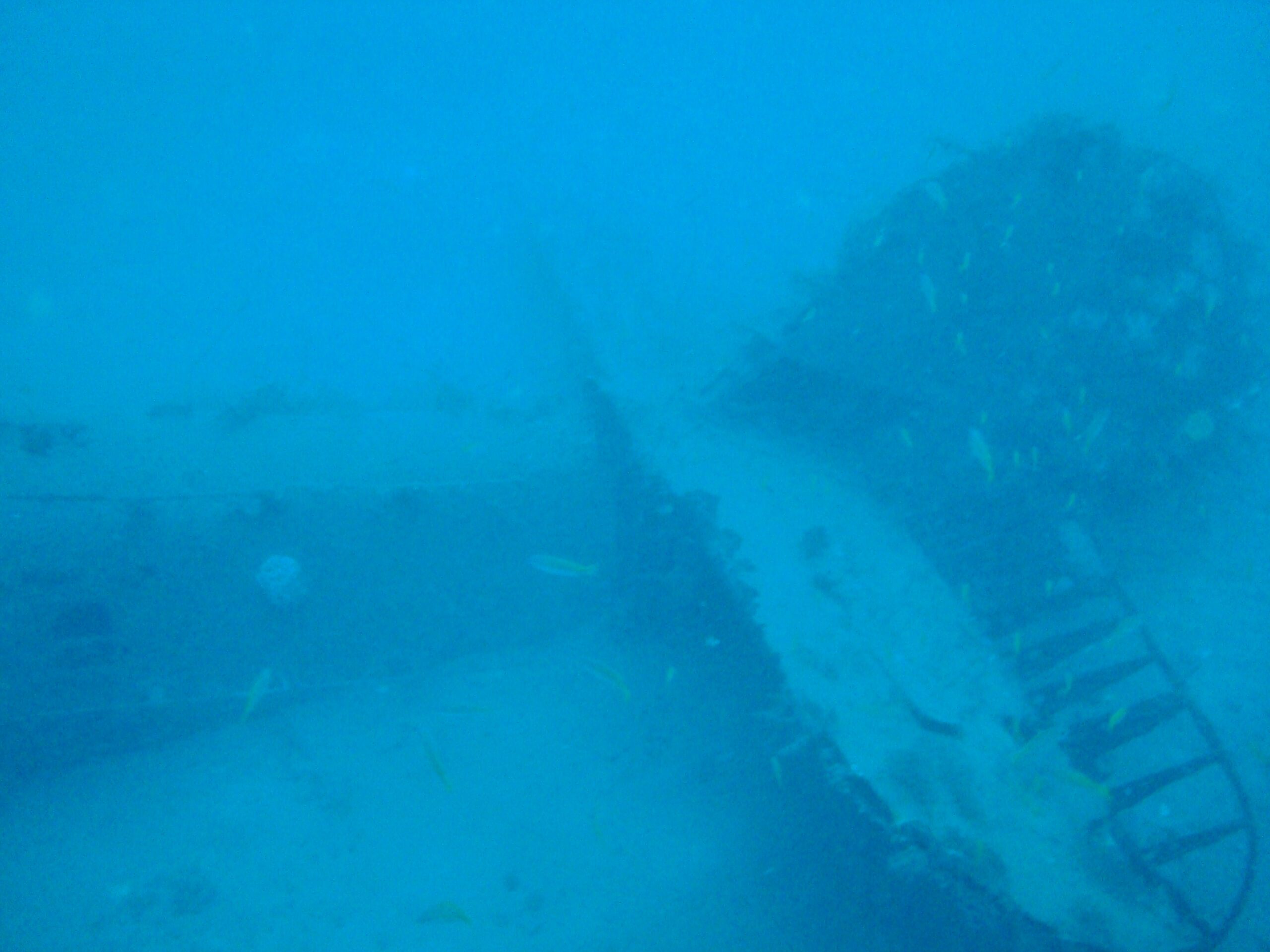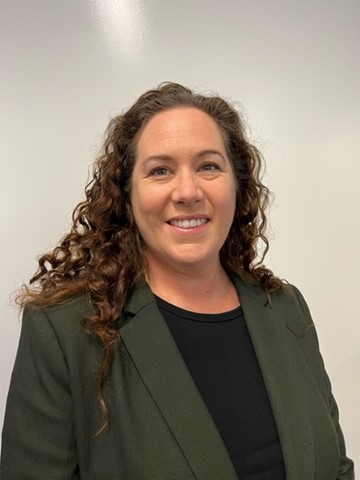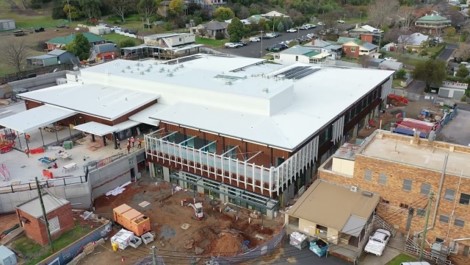Media Contact

NSW Health Pathology’s Forensic & Analytical Science Service (FASS) DNA laboratory has helped to identify the remains of two airmen on board a bomber that crashed off the coast of Papua New Guinea.
The Royal Australian Air Force has positively identified a Number 100 Squadron World War II Beaufort aircraft that was first reported missing in 1943, along with its four crew members.
The bomber was recently discovered in crocodile-infested waters off the coast of Papua New Guinea as a result of Australian businessman Andrew (Twiggy) Forrest’s search for his uncle, Flying Officer David Forrest, who was lost in the same area while piloting a similar aircraft in 1943.
Chief of Air Force, Air Marshal Robert Chipman said the crash site was first identified in 2020 and is located in 43 metres of water, which meant positively identifying the aircraft took considerable time and effort.
Specialist divers later recovered bone fragments from the fire-damaged wreckage that was also covered in layers of sediment and marine growth.

DNA was extracted from the bone material and analysed by Forensic Biology specialists at NSW Health Pathology’s Forensic & Analytical Science Service DNA laboratory along with reference samples provided by biological relatives of the missing airmen.
The recovered DNA profiles were then provided to the Historical Unrecovered War Casualties (HUWC) team.
Air Marshal Chipman said the RAAF’s HUWC team collated the evidence and a Defence Identification Board identified the remains as those of Warrant Officer Clement Batstone Wiggins and Warrant Officer Russell Henry Grigg.
“Unfortunately, it’s with a heavy heart we can confirm that no remains of the other two crew members, Flight Sergeant Albert Beckett and Flight Sergeant Gordon Lewis Hamilton, were recovered,” he said.
The crew of 100SQN Beaufort A9-186 was:
- Warrant Officer Clement Batstone Wiggins. Born in Gatton, Queensland, he worked as a school teacher before enlisting in Brisbane in March 1941. Warrant Officer Wiggins was 28 years old when killed in action.
- Warrant Officer Russell Henry Grigg. Born in Brisbane, Queensland, he worked as a fruit grower before enlisting in Brisbane in March 1941. Warrant Officer Grigg was 34 years old when killed in action.
- Flight Sergeant Albert Beckett. Born in Launceston, Tasmania, he worked as an apprentice carpenter before enlisting in Tasmania in November 1941. Flight Sergeant Beckett was 22 years old when killed in action.
- Flight Sergeant Gordon Lewis Hamilton. Born in Brisbane, Queensland, he worked as a baker’s assistant before enlisting in Brisbane in July 1941. Flight Sergeant Hamilton was 26 years old when killed in action.

“No further recovery is planned for this challenging crash site,” Air Marshal Chipman said.
“A memorial service for the families of all four crew is being planned for 26 April 2024 at RAAF Base Amberley, Queensland.
“Thank you to all those involved in this significant mission; it is especially heart-warming for the families of the four aviators involved to finally know what happened and learn of their final resting place.”
NSW Health Pathology’s Forensic & Analytical Science Service Director, Michael Symonds (pictured above) said the organisation was proud to have played a part in the identification process.
“This outcome demonstrates the value of the DNA analyses undertaken by FASS in contributing to the identification of historic war casualties,” he said.
“Extraction of DNA and generation of DNA profiles from skeletal remains that have been exposed to extreme environmental impact is challenging and requires a range of specialist methods.
“FASS is recognised as a leader in the forensic field, utilising the latest forensic DNA technology.
“Our services and people enable us to provide the highest quality and reliability of results.”













